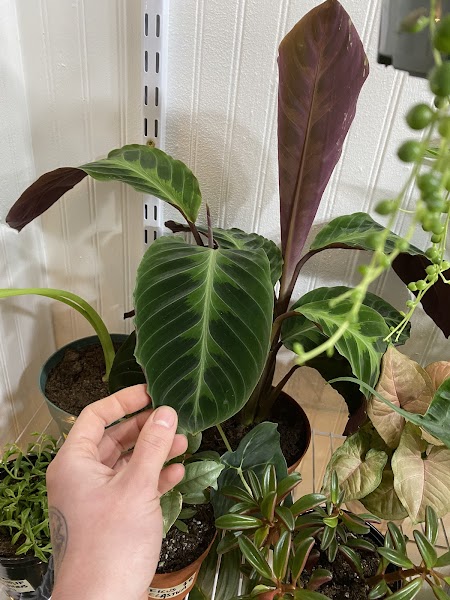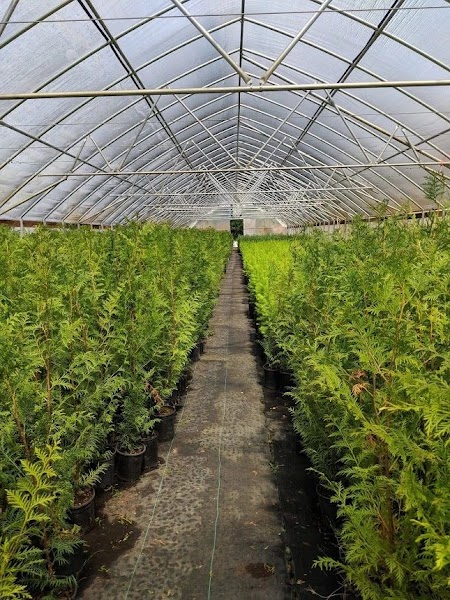The state of Washington is known for its diverse flora and fauna due to its varied topography, climate, and soil types. From the Cascade Range in the west to the Columbia Plateau in the east, Washington has an abundance of plant species found nowhere else in the country. Here are some of the most popular plants in Washington.
The Pacific Northwest is renowned for its beautiful flowering shrubs, and the Rhododendron is no exception. With its large clusters of pink, purple, and white blooms, they are a common sight in Washington gardens and parks. The plant thrives in the state’s cool, wet climate in areas such as the Olympic Peninsula and the Puget Sound region. The Rhododendron is the state flower of Washington, selected in 1892 by a vote of the state’s women.
The Douglas Fir is one of the most iconic trees in Washington and the Pacific Northwest. This majestic conifer can grow up to 300 feet tall and 5 feet in diameter. With a lifespan that can extend up to 1,000 years, the Douglas Fir is a significant source of timber for Washington’s forestry industry. These trees are prevalent in the western part of the state and can be found in several national parks in Washington.
Washington is also home to a variety of wildflower species such as the Trillium and the Western Pasqueflower. The Trillium is a three-petalled white flower found commonly in Washington’s moist, shady forests. This delicate flower is also the state wildflower of Oregon. The Western Pasqueflower, on the other hand, is a fuzzy, purple flower that blooms in early spring in the eastern part of the state. They are typically found in the drier, open areas of Washington, such as the Columbia Plateau and the Okanogan-Wenatchee National Forest.
The Apple is the state fruit of Washington and a significant commodity for the state’s agriculture industry. Apples are grown commercially throughout the state, with the majority of the crop grown in the Yakima Valley and Wenatchee area. As the largest apple producer in the country, Washington produces over 2.5 million tons of apples annually. The state is known for its delicious, crisp apples grown in the state’s nutrient-rich soil and ideal growing climate.
In conclusion, Washington is home to an array of beautiful and iconic plant species that are celebrated both locally and nationally. From delicate wildflowers to towering trees and delicious fruits, the state’s diverse flora is one of its many treasures.

| Common Name | Scientific Name | Family | Uses |
| Western Red Cedar | Thuja plicata | Cupressaceae | Wood for building, essential oils used in traditional medicine |
| Douglas-fir | Pseudotsuga menziesii | Pinaceae | Wood for building, Christmas trees |
| Salmonberry | Rubus spectabilis | Rosaceae | Edible berries for food, traditional medicine |
| Bigleaf Maple | Acer macrophyllum | Aceraceae | Wood for furniture, syrup production |
| Pacific Yew | Taxus brevifolia | Taxaceae | Chemicals used in cancer treatment |

If you want to dig deeper about the most popular plants in Washington, here are some references that you can use:
-
The Washington Native Plant Society – This non-profit organization is dedicated to the conservation and preservation of native plants in Washington State. Their website offers a wealth of information on Washington’s native plants, including a database of native plant species.
-
The United States Department of Agriculture (USDA) Plant Hardiness Zone Map – This map can help you identify which plants are best suited for your specific location in Washington. It takes into account factors such as average winter temperatures and frost dates.
-
The Washington State University Extension – This resource provides information on gardening and plant care specific to Washington State. Their website includes guides on various topics such as vegetable gardening, fruit tree care, lawn care, and pest management.
-
The Pacific Northwest Plant Disease Management Handbook – If you are concerned about managing diseases that may affect your plants, this handbook provides detailed information and recommendations on how to prevent, diagnose, and treat plant diseases in the Pacific Northwest region, which includes Washington State.
-
The Burke Museum of Natural History and Culture – This museum, located in Seattle, has a Botany collection that contains over 300,000 specimens of Pacific Northwest plants, fungi, and lichens. Their website offers online access to their collection, including photos and detailed information about each specimen.
For further reading materials on the subject of Popular Plants, we recommend utilizing the aforementioned websites and references.

